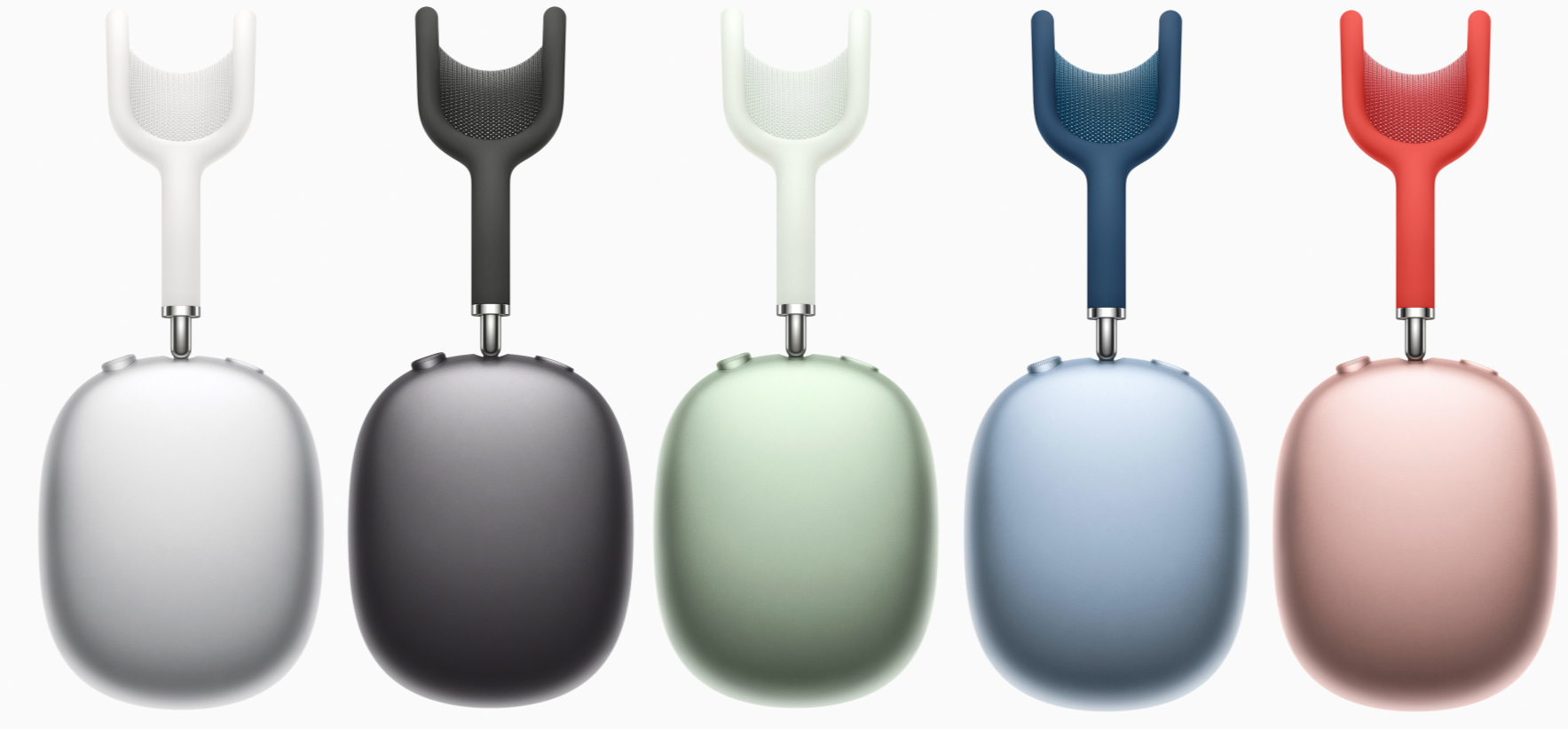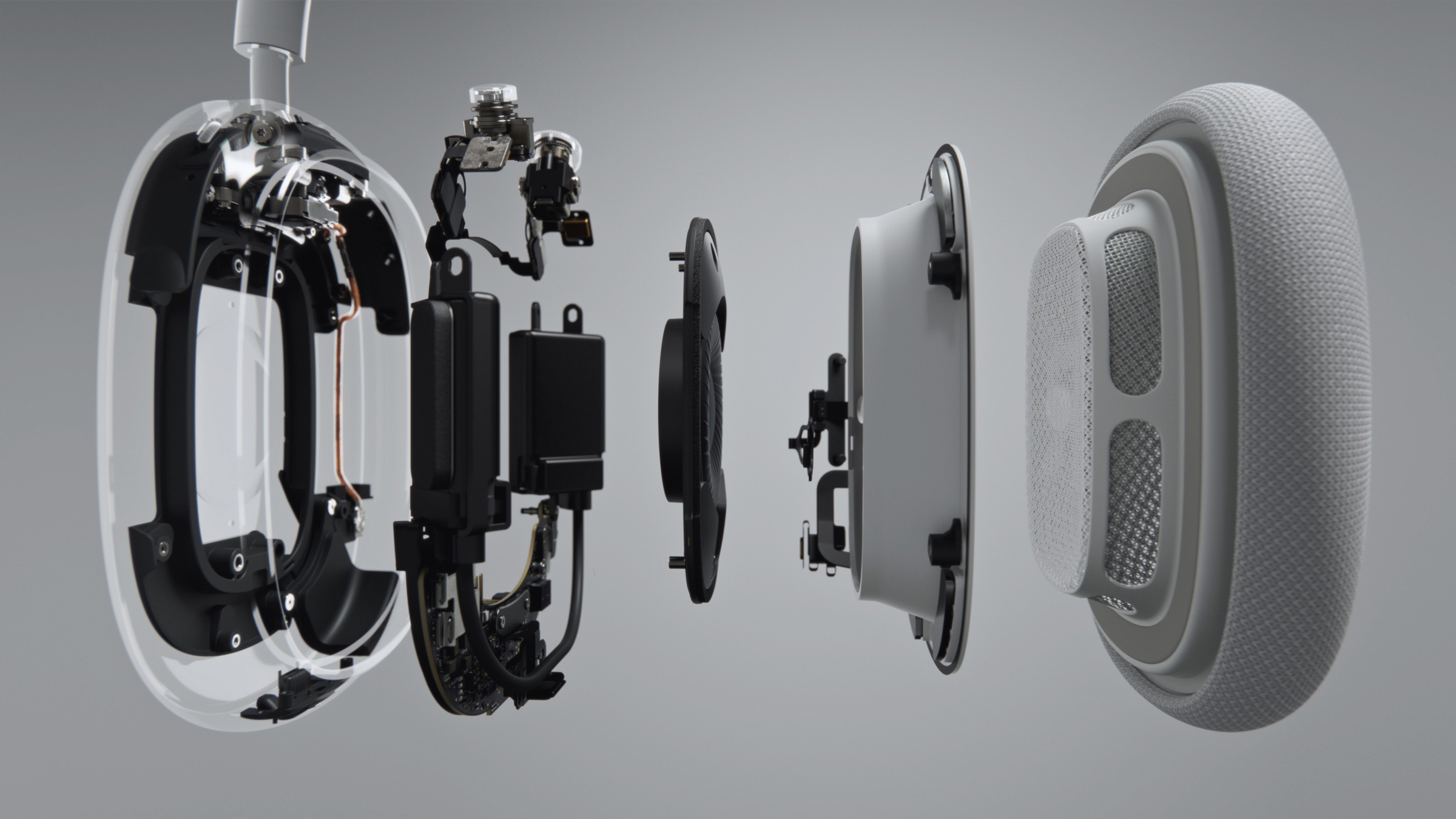AirPods Max costs $200 more than Bose and Sony headphones — why the heck is that?
At $549, the AirPods Max is way more expensive than the best noise cancelling headphones

The first thing that people noticed about the AirPods Max announcement wasn’t the the retro-futuristic design or fancy color options. It was the shockingly high price tag.
I know what you’re thinking: $549 for noise cancelling headphones? For those scoring at home, that’s $170 more than the Bose Noise Cancelling Headphones 700 and $200 more than the Sony WH-1000XM4, which is our top pick for the best noise cancelling headphones.
- The best headphones you can buy
- AirPods Max vs Bose 700: Which headphones will win?
- Just in: AirPods Max hands-on review roundup: Is it really worth $549?
The price difference is even higher right now because both the Bose and Sony are on sale for $339 and $278, respectively. So the gap between the AirPods Max and its top two competitors is currently $210 and $271.
Apple really needs to justify such a high premium when the Bose 700 and Sony XM4 headphones are so good. Of course, we’ll be putting the AirPods Max to the test ourselves, but in the meantime here’s where Apple’s first over-ear headphones stand out — and where they don’t.
AirPods Max design feels custom to you

Apple didn't skimp on design of the AirPods Max to deliver over-ear headphones that feel comfortable and tailored to the user. The knit mesh canopy, for example, should feel lighter and more breathable than the Bose 700 or Sony XM4s. And the headband arms stay in place wherever you put them.
Another plus is that the AirPods Max ear pads use memory foam to provide a secure, noise isolating seal. Plus, Apple says that each ear cup can rotate to fit the contours of a users’s head.
Computational audio muscle
There are two H1 chips inside the AirPods Max, and they do a lot more than enable Hey Siri. Apple says that the chips — combined with advanced software and the custom acoustic design — offer pristine audio quality. The chips have 10 audio cores capable of executing 9 billion operands per second — and they help power everything from Apple’s Adaptive EQ and the active noise cancelling to the spatial audio feature.
Get instant access to breaking news, the hottest reviews, great deals and helpful tips.
Essentially, the AirPods Max is able to adjust the sound in real time based on various factors, including the fit and seal of the ear cushions.
Best-in-class noise cancelling?

If you’re going to charge this much for noise cancelling headphones, you better be ready to outperform your competition. And the AirPods Max seem up to the task. The cans packs four outward-facing mics that detect noise and one mic inside each ear cup that monitors any sound reaching your ear. The difference between Apple’s headphones and Bose and Sony is that the AirPod Max’s computational audio tech continuously adapts.
Spatial audio
Introduced on the AirPods Pro, spatial audio uses dynamic head tracking to place sounds around you for content recorded in 5.1, 7.1 or Dolby Atmos. Spatial audio works by tracking your head’s position in concert with the position of your iPhone or iPad and then comparing the motion data to remap the sound field.
AirPods Max drawbacks

The AirPods Max look impressive on paper, but there’s a few drawbacks. For one, the 20 hours of battery life is 10 hours less than the Sony WH-1000XM4. However, the Bose 700 are rated for 20 hours as well.
I also wonder about the digital crown on the AirPods Max. We'll have to see how well it works, but tapping the capacitive touch controls offered by Bose and Sony seem more intuitive to me than fiddling with a small dial. The Bose 700 also give you more control the AirPods Max with 11 noise cancelling settings. With the AirPods Max, it's just on or off.
Lastly, the Bose and Sony both offer a headphone jack, while the AirPods Max does not.
Is AirPods Max worth the splurge?
We won't be able to answer this question until we have a chance to test the AirPods Max and do our full review. But based on the $549 asking price it would seem that Apple wants shoppers to believe that the AirPods Max is in a whole other class of headphones.
I don't see that right now, but hearing will be believing.
Mark Spoonauer is the global editor in chief of Tom's Guide and has covered technology for over 20 years. In addition to overseeing the direction of Tom's Guide, Mark specializes in covering all things mobile, having reviewed dozens of smartphones and other gadgets. He has spoken at key industry events and appears regularly on TV to discuss the latest trends, including Cheddar, Fox Business and other outlets. Mark was previously editor in chief of Laptop Mag, and his work has appeared in Wired, Popular Science and Inc. Follow him on Twitter at @mspoonauer.

